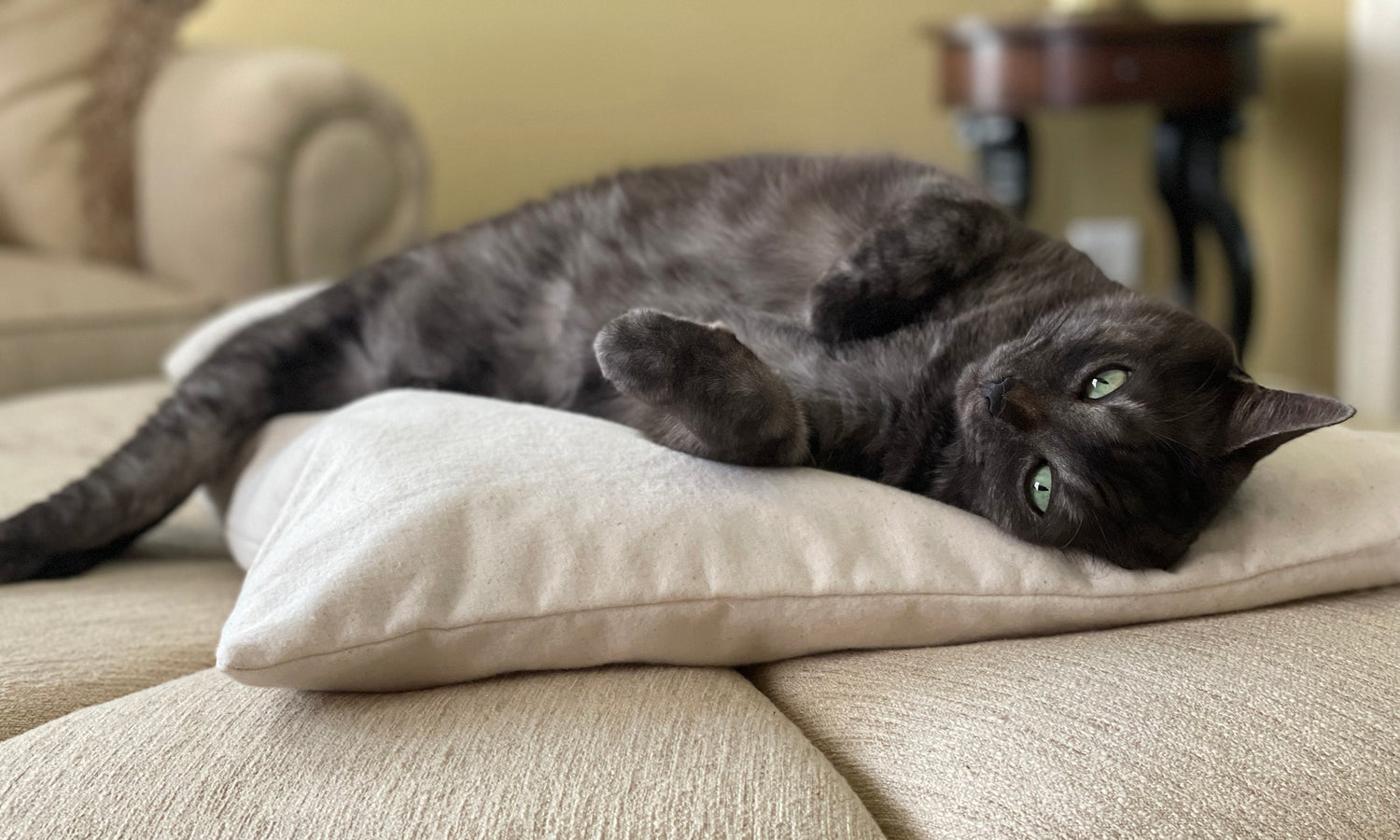

Articles
How To Get Cat Pee Smell Out Of Pillows
Modified: August 23, 2024
Looking for articles on how to effectively remove cat pee smell from pillows? Discover proven methods and tips to eliminate odors in this comprehensive guide.
(Many of the links in this article redirect to a specific reviewed product. Your purchase of these products through affiliate links helps to generate commission for Storables.com, at no extra cost. Learn more)
Introduction
There’s nothing worse than discovering that your beloved cat has left their mark on your favorite pillow. The pungent odor of cat urine can be offensive and can linger for a long time if not properly addressed. But fear not, because we’re here to help you tackle this pesky problem and get rid of that cat pee smell from your pillows.
Why do cats pee on pillows, anyway? This behavior can be attributed to a variety of reasons, including improper litter box usage, territorial marking, stress, or even health issues. It’s crucial to understand the underlying cause to address the problem effectively and prevent it from recurring.
Identifying the cat pee smell is the first step in solving the issue. The unmistakable odor can be overwhelming, so it’s important to pinpoint the exact location and extent of the damage. This will help you determine the best course of action for cleaning and deodorizing your pillows.
In this article, we’ll explore the top tips and techniques for removing cat pee from pillows. We’ll cover various methods, from simple home remedies to professional cleaning services. Additionally, we’ll share some valuable prevention tips to help you stop your cat from peeing on pillows in the future.
So, if you’re ready to say goodbye to that pesky cat pee smell and rejuvenate your pillows, let’s dive into the world of effective and proven methods to combat this problem head-on.
Key Takeaways:
- Understanding why cats pee on pillows and identifying the cat pee smell are crucial for effective cleaning. Methods such as blotting, using a vinegar and baking soda solution, enzymatic cleaners, steam cleaning, and professional services can help restore pillows to their fresh state.
- Prevention is key to stopping cats from peeing on pillows. Providing a clean litter box, reducing stress, and using deterrents can help maintain a pee-free environment. Consistency and patience are essential in addressing cat behavior issues.
Read more: How To Get Cat Pee Smell Out Of Furniture
Why Do Cats Pee on Pillows?
Cats are known for their fastidious nature when it comes to cleanliness. So, when a cat chooses to pee on your pillows, it can be both frustrating and confusing. Understanding the reasons behind this behavior is essential to finding a solution.
One of the primary reasons cats pee on pillows is improper litter box usage. Cats are creatures of habit, and any changes to their litter box routine can cause stress and anxiety. If the litter box is dirty, located in an inconvenient area, or if there are too few boxes available for multiple cats, your furry friend may find the soft texture of pillows more appealing.
Additionally, cats may pee on pillows as a form of territorial marking. This behavior is more common among unneutered male cats, but females might also engage in it. By scent-marking their territory, cats communicate their presence and assert dominance. Pillows, being porous and absorbent, can hold the scent for longer periods, making them attractive targets.
Stress can also trigger inappropriate elimination behavior in cats. Major changes in their environment, such as moving to a new home or introducing a new pet or family member, can cause feelings of anxiety and uncertainty. In such instances, your cat might seek comfort by urinating on pillows or other soft surfaces.
Last but not least, medical issues can also lead to cats peeing on pillows. Urinary tract infections, bladder stones, and other urinary tract diseases can cause discomfort and frequent urination. If your cat suddenly starts peeing outside the litter box, it’s essential to consult a veterinarian to rule out any underlying health problems.
Understanding the reasons behind your cat’s behavior is crucial in addressing the issue effectively. By identifying the root cause, you can implement targeted solutions and preventive measures to ensure that your pillows remain pee-free.
Identifying the Cat Pee Smell
Identifying the cat pee smell is essential in order to effectively treat and remove it from your pillows. The distinct odor of cat urine can be overpowering and hard to miss. However, in some cases, the smell may not be immediately apparent, and it’s important to know what to look for.
When searching for the cat pee smell, start by visually inspecting your pillows. Look for any visible stains or discoloration, as they are often indicative of urine deposits. Cats usually target the corners or edges of pillows, so pay close attention to those areas.
If you can’t see any visible signs of urine, your next step is to use your sense of smell. Get closer to the pillows and take a deep breath. The ammonia-like odor of cat urine is quite distinct and difficult to mistake for anything else. Follow your nose and locate the source of the smell.
In some cases, the cat pee smell may have penetrated deep into the pillow filling or even reached the pillow cover. In these instances, the smell may not be immediately noticeable, especially if the pillow has been stored or in a less frequently used area. Therefore, it’s important to thoroughly inspect all pillows, even if they seem unaffected at first glance.
If you’re still having trouble pinpointing the cat pee smell, you can try using a blacklight. Cat urine contains fluorescent compounds that glow under UV light. In a dark room, shine the blacklight over the surface of the pillows. Any urine stains will appear as glowing spots, making it easier to identify the affected areas.
Once you have located the source of the cat pee smell, you can proceed to the next step: removing cat pee from pillows. There are several effective methods and techniques that can help eliminate the odor and restore your pillows to their fresh and clean state.
Removing Cat Pee from Pillows: Top Tips and Techniques
When it comes to tackling cat pee on pillows, time is of the essence. The longer the urine remains on the fabric, the harder it is to remove the smell and prevent it from permeating deeper into the material. Here are some top tips and techniques to effectively remove cat pee from pillows:
1. Blotting and Absorbing: Start by blotting the affected area with paper towels or a clean cloth to remove as much of the urine as possible. Avoid rubbing, as it can push the urine deeper into the fabric. Once you’ve absorbed most of the liquid, sprinkle baking soda over the area and let it sit for a few hours to further absorb the odor.
2. Vinegar and Baking Soda Solution: Create a solution of equal parts white vinegar and water. Spray or pour this mixture onto the stained area and allow it to soak for about 15 minutes. Blot the area again to remove the vinegar solution, then sprinkle baking soda over the spot and let it sit overnight. Vacuum the baking soda the following day to get rid of any remaining odor.
3. Enzymatic Cleaner: Enzymatic cleaners are specifically designed to break down the organic compounds in cat urine. Follow the instructions on the cleaner and thoroughly saturate the affected area. These cleaners work best when left to dry naturally, so avoid using a hairdryer or exposing the pillows to direct sunlight during the process.
4. Steam Cleaning: If your pillows are machine washable, you can use a steam cleaner to effectively remove the cat pee smell. Follow the manufacturer’s instructions for operating the steam cleaner and pay extra attention to the affected areas. Make sure to allow the pillows to dry completely before using them again.
5. Professional Cleaning: If the cat pee smell persists despite your best efforts, consider seeking professional cleaning services. Professional cleaners have access to specialized equipment and expertise to thoroughly remove the odor from your pillows. They can also provide advice on how to prevent future incidents.
Remember, it’s important to read and follow the care instructions provided by the pillow manufacturer before attempting any cleaning methods. If your pillows are not machine washable or the urine has deeply penetrated the material, you may need to consider replacing them.
By utilizing these top tips and techniques, you can effectively remove cat pee from pillows and restore them to their original freshness. With a little patience and the right approach, you’ll be able to enjoy clean, odor-free pillows once again.
Method 1: Blotting and Absorbing
One of the first steps in removing cat pee from pillows is to blot and absorb as much of the urine as possible. This method is essential for preventing the urine from spreading further into the fabric and minimizing the odor.
To start, grab a stack of paper towels or a clean, absorbent cloth and gently press it onto the urine-soaked area of the pillow. Apply firm but gentle pressure to absorb as much liquid as possible. Avoid rubbing, as it can push the urine deeper into the fabric and make it harder to remove.
If the cat pee is fresh, you may be able to absorb a significant amount of the urine with this method alone. However, if the urine has already dried or the spot is particularly large, you may need to repeat the process several times with fresh paper towels or cloths.
After blotting, it’s time to take advantage of the odor-absorbing properties of baking soda. Sprinkle a generous amount of baking soda over the affected area. Baking soda is known for its ability to absorb odors and can help neutralize the cat pee smell.
Allow the baking soda to sit on the pillow for a few hours or even overnight to give it time to absorb the odor. Afterward, vacuum the baking soda using a clean brush attachment to remove it from the pillow.
If the cat pee smell is still lingering, you may need to move on to additional cleaning methods. Blotting and absorbing is a great initial step to prevent the urine from setting in and to minimize the smell. However, for more stubborn stains and lingering odors, it’s recommended to try alternative methods such as using a vinegar and baking soda solution or an enzymatic cleaner.
Remember, always check the care instructions provided by the pillow manufacturer before using any cleaning methods. Some pillows may not be suitable for certain cleaning techniques or may require professional cleaning to avoid damaging the fabric.
By following this method and combining it with other appropriate cleaning techniques, you can effectively remove cat pee from pillows and restore their freshness. Patience and persistence are key, and with a little effort, you’ll be able to say goodbye to that pesky cat pee smell for good.
Read more: How To Get Cat Pee Smell Out Of The Basement
Method 2: Vinegar and Baking Soda Solution
If blotting and absorbing alone doesn’t completely remove the cat pee smell from your pillows, you can try using a vinegar and baking soda solution. This powerful combination is effective at neutralizing odor and breaking down the urine compounds.
To create the solution, mix equal parts white vinegar and water in a spray bottle or a bowl. If using a spray bottle, spritz the solution directly onto the urine-stained area of the pillow. Alternatively, you can pour the mixture onto the spot using a clean cloth or sponge.
Allow the vinegar solution to sit on the pillow for about 15 minutes. The acetic acid in vinegar helps to break down and eliminate the odor-causing compounds in cat urine. It also acts as a natural disinfectant, killing any bacteria that may be present.
After the designated time, blot the area again with a clean cloth or paper towels to absorb the vinegar solution and any remaining urine. This will also help to remove any loosened stains and further reduce the odor.
Now it’s time to utilize the power of baking soda. Sprinkle a generous amount of baking soda over the previously treated area. Baking soda is not only a great odor absorber, but it also acts as a mild abrasive and can help remove any remaining stains.
Allow the baking soda to sit on the pillow overnight, or at least a few hours, to ensure maximum odor absorption. The longer you leave it, the more effective it will be at eliminating the cat pee smell.
The next day, use a vacuum cleaner with a clean brush attachment to thoroughly remove the baking soda from the pillow. If your pillow is not machine washable, this method can be a great alternative to freshen it up and eliminate odors.
If the smell persists or the stain is still visible, you may need to repeat the vinegar and baking soda treatment or consider using an enzymatic cleaner for more stubborn cases. Remember to always check the care instructions of your pillow before attempting any cleaning methods to avoid any potential damage to the fabric or filling.
By using the vinegar and baking soda solution method, you can effectively tackle the cat pee smell on your pillows and restore their fresh condition. This simple and natural approach can be a game-changer in eliminating the odor-causing compounds and leaving your pillows clean and odor-free.
To get cat pee smell out of pillows, start by blotting the area with a paper towel, then apply a mixture of water and white vinegar. Let it sit for 5-10 minutes, then blot again. Finally, sprinkle baking soda on the area, let it sit for a few hours, then vacuum it up.
Method 3: Enzymatic Cleaner
When dealing with stubborn cat pee stains and persistent odors on pillows, using an enzymatic cleaner can be a highly effective solution. Enzymatic cleaners are specifically designed to break down the organic compounds found in cat urine, eliminating both the stain and the odor at its source.
Before using an enzymatic cleaner, start by removing as much of the urine as possible by blotting and absorbing with paper towels or a clean cloth. This helps to prevent the urine from spreading further into the fabric.
Once you’ve removed the excess urine, follow the instructions provided by the enzymatic cleaner manufacturer. These cleaners typically come in the form of sprays or solutions and may require you to saturate the affected area thoroughly.
The enzymes in the cleaner work by breaking down the uric acid crystals, which are responsible for the strong, lingering odor of cat pee. Allow the enzymatic cleaner to penetrate the pillow fabric and reach the underlying layers where the urine may have seeped.
It’s important to note that enzymatic cleaners work best when left to dry naturally. Avoid using a hairdryer or exposing the pillows to direct sunlight, as heat can actually set the stain and make it harder to remove.
Depending on the severity of the cat pee stain and odor, you may need to repeat the enzymatic cleaning process several times. Some products recommend multiple applications to completely eliminate the odor.
After treating the pillow with the enzymatic cleaner, it’s crucial to allow it to dry completely before using it again. This may take some time, so be patient and resist the temptation to rush the process.
Enzymatic cleaners are a highly effective method for removing cat pee stains and odors from pillows. They break down the urine compounds at a molecular level, ensuring a thorough and complete cleaning process.
Remember to always read and follow the instructions provided by the enzymatic cleaner manufacturer. Additionally, check the care instructions of your pillows to ensure compatibility with this cleaning method.
By using an enzymatic cleaner, you can effectively eliminate cat pee stains and odors from your pillows, leaving them fresh and clean once again.
Method 4: Steam Cleaning
If your pillows are machine-washable and can withstand moisture, steam cleaning can be an effective method to remove cat pee stains and odors. Steam cleaning utilizes high-temperature steam to sanitize and deep clean the fabric, eliminating bacteria, odors, and stains.
Before steam cleaning, always check the care instructions provided by the pillow manufacturer. Ensure that the material is suitable for steam cleaning and that the pillow won’t be damaged by the process.
Start by preparing your steam cleaner according to the manufacturer’s instructions. Fill the water reservoir and allow the unit to heat up to the appropriate temperature. It’s important to use the recommended attachments and settings for upholstery or fabric cleaning.
Once the steam cleaner is ready, begin by applying steam to the affected area of the pillow. Move the steam cleaner slowly and evenly across the fabric to ensure thorough coverage. Steam not only helps to remove stains and odors but also kills any bacteria or germs lurking in the material.
Be cautious not to oversaturate the pillow with steam, as excessive moisture can lead to mold or mildew growth. Use the steam sparingly and avoid making the pillow too wet.
After steaming, allow the pillows to air dry completely. This may take a while, so it’s best to place the pillows in a well-ventilated area with good air circulation.
It’s important to note that some pillows may require additional cleaning before or after steam cleaning. For heavily stained pillows, pre-treating with a stain remover or using an enzymatic cleaner can help to loosen the urine stains before steam cleaning.
Similarly, if there are still lingering odors after steam cleaning, you may need to use additional odor-eliminating methods such as sprinkling baking soda over the pillows and allowing it to sit for several hours before vacuuming.
Steam cleaning can be a highly effective method for removing cat pee stains and odors from pillows, provided that the pillows are suitable for this cleaning technique. It not only cleans and sanitizes the fabric but also helps to refresh and revitalize the pillows.
Remember to always consult the pillow’s care instructions and use the steam cleaner as directed. By following proper procedures, you can successfully steam clean your pillows and enjoy a fresh, clean sleeping surface free from cat pee smells.
Method 5: Professional Cleaning
If other methods have failed to remove the cat pee smell from your pillows or if you prefer to leave the task to professionals, seeking professional cleaning services can be an excellent option. Professional cleaners have the expertise, tools, and knowledge to effectively remove tough stains and odors from pillows.
Before choosing a professional cleaning service, do some research to find reputable companies in your area. Look for cleaners that specialize in upholstery or fabric cleaning, as they will have the experience and equipment necessary to handle pillows.
Professional cleaning services often offer a range of techniques to treat cat pee stains and odors. They may use steam cleaning, specialized cleaning solutions, or a combination of methods to ensure thorough cleaning and odor elimination.
When you contact a professional cleaner, provide them with specific details about the cat pee stain and the material of your pillows. This will help them determine the most appropriate cleaning method and ensure the best possible results.
The professional cleaning process will typically involve the following steps:
- Assessment: The cleaner will assess the condition of your pillows and determine the best course of action for cleaning and deodorizing.
- Treatment: The cleaner will apply the appropriate cleaning solution or technique to target the cat pee stains and odors. This may include spot treatment, steam cleaning, or other methods depending on the material and severity of the stains.
- Drying: After the cleaning process, the pillows will need to dry completely. A professional cleaner may use specialized drying equipment to expedite the process.
Professional cleaning offers the advantage of thorough and deep cleaning, especially for deeply embedded stains and strong odors. They also have access to professional-grade equipment and products that may not be available for home use.
Keep in mind that professional cleaning services come at a cost. The price will depend upon the size and condition of your pillows, as well as the rates charged by the cleaning company.
By opting for professional cleaning, you can have peace of mind knowing that experts are handling the challenging task of removing cat pee stains and odors from your pillows. They will ensure thorough cleaning, leaving your pillows fresh, clean, and free of any lingering smells.
Read more: How To Get Pee Smell Out Of Recliner
Prevention Tips: How to Stop Your Cat from Peeing on Pillows
Dealing with cat pee on pillows can be frustrating, but the best approach is to prevent the behavior from happening in the first place. Here are some top prevention tips to help stop your cat from peeing on pillows:
1. Provide a Clean Litter Box: Make sure your cat’s litter box is clean and inviting. Scoop the litter box daily, and completely change the litter at least once a week. Cats prefer a clean and odor-free environment for their bathroom needs.
2. Multiple Litter Boxes: If you have multiple cats, ensure there are enough litter boxes in your home. The general rule is to have one litter box per cat, plus an extra one. Having enough litter boxes gives each cat their own space and can help alleviate territorial disputes.
3. Proper Litter Box Placement: Consider the location of the litter boxes. Cats prefer privacy and may avoid using the litter box if it’s in a noisy or high-traffic area. Place the litter box in a quiet and easily accessible spot where your cat feels comfortable using it.
4. Litter Preference: Experiment with different types of litter to find the one that your cat prefers. Some cats have specific preferences for texture or scent. Offering a variety can help ensure your cat is happy with their litter box.
5. Stress Reduction: Create a calm and stress-free environment for your cat. Minimize changes to their daily routine, provide plenty of mental and physical stimulation, and create cozy spaces where they can relax and feel secure.
6. Clean and Protect Pillows: If your cat has previously peed on pillows, thoroughly clean and deodorize them to eliminate any residual scent. Using enzymatic cleaners or professional cleaning services can help ensure all traces of urine are removed.
7. Use Deterrents: Consider using deterrent sprays or repellents on your pillows to discourage your cat from approaching and peeing on them. These sprays have a scent that cats find unpleasant and can help redirect their behavior.
8. Consult a Veterinarian: If you’ve tried various prevention methods and your cat continues to pee on pillows or exhibits other unusual behavior, consult with a veterinarian. They can rule out any underlying medical conditions and provide advice or behavior modification techniques.
Remember, consistency and patience are key when it comes to preventing your cat from peeing on pillows. By providing a clean and inviting litter box, creating a stress-free environment, and taking preventative measures, you can encourage your cat to use the appropriate bathroom areas and keep your pillows free from unwanted pee.
Conclusion
Dealing with cat pee on pillows is undoubtedly a frustrating experience, but with the right knowledge and techniques, you can effectively remove the odor and prevent future incidents. By understanding why cats may pee on pillows, identifying the cat pee smell, and implementing the appropriate cleaning methods, you can restore your pillows to their fresh and clean state.
We discussed several methods for removing cat pee from pillows, including blotting and absorbing, using a vinegar and baking soda solution, enzymatic cleaners, steam cleaning, and professional cleaning services. Each method offers its own benefits and effectiveness, so choose the approach that aligns with your pillows’ care instructions and the severity of the stain and odor.
In addition to cleaning methods, we also provided prevention tips to help stop your cat from peeing on pillows. Maintaining a clean litter box, providing multiple litter boxes for multiple cats, reducing stress, and protecting your pillows are crucial steps in preventing the behavior and ensuring a clean and comfortable environment for both you and your feline companion.
Remember, consistency and patience are essential when dealing with cat behavior issues. If the problem persists or if you have concerns about your cat’s health, consult with a veterinarian for guidance and support.
By following these tips and techniques, you can say goodbye to that unpleasant cat pee smell and enjoy fresh, odor-free pillows once again. Maintain a proactive approach to cleanliness and create a harmonious environment for your furry friend, ensuring that your pillows remain a cozy and pee-free zone.
So, don’t let cat pee on pillows ruin your day. Take action, implement these strategies, and reclaim the fresh and inviting atmosphere of your pillows.
Frequently Asked Questions about How To Get Cat Pee Smell Out Of Pillows
Was this page helpful?
At Storables.com, we guarantee accurate and reliable information. Our content, validated by Expert Board Contributors, is crafted following stringent Editorial Policies. We're committed to providing you with well-researched, expert-backed insights for all your informational needs.
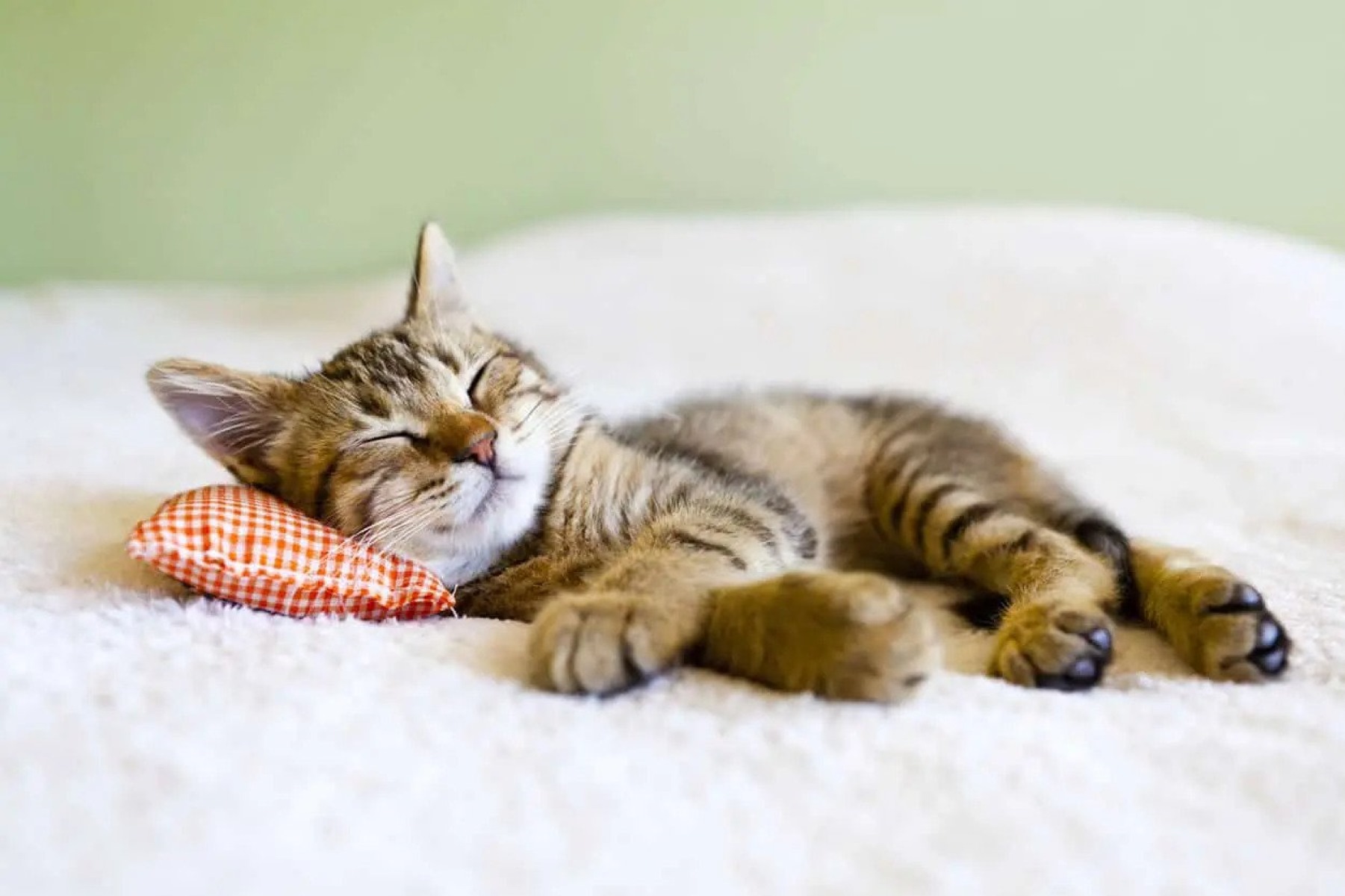
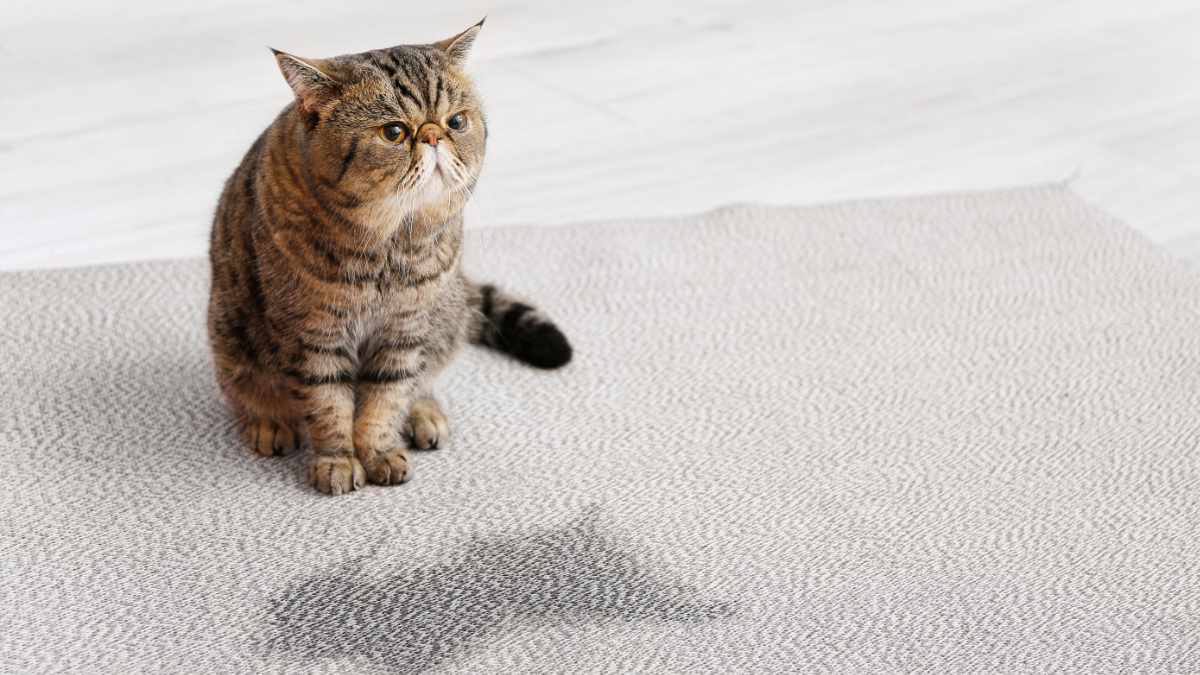
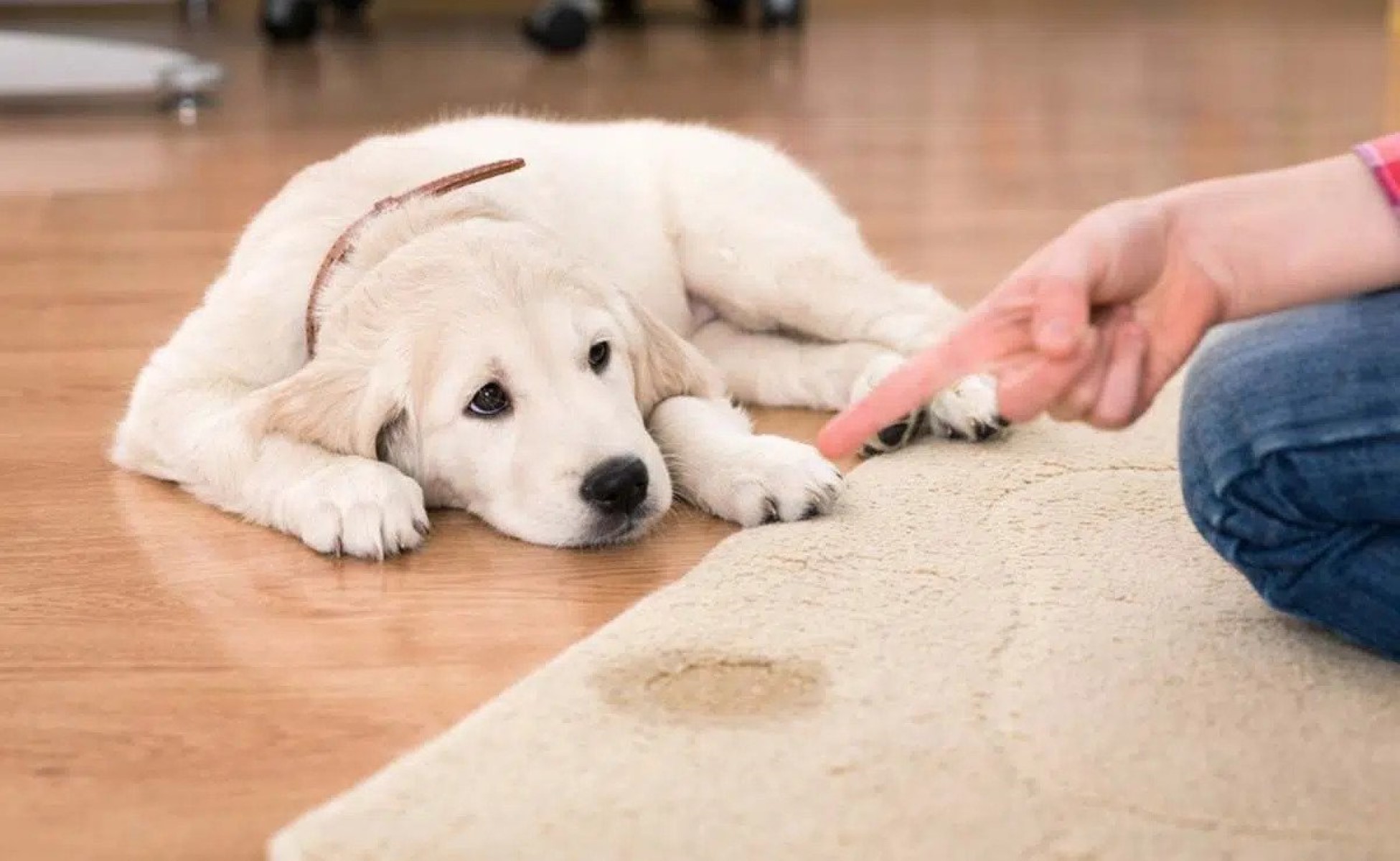
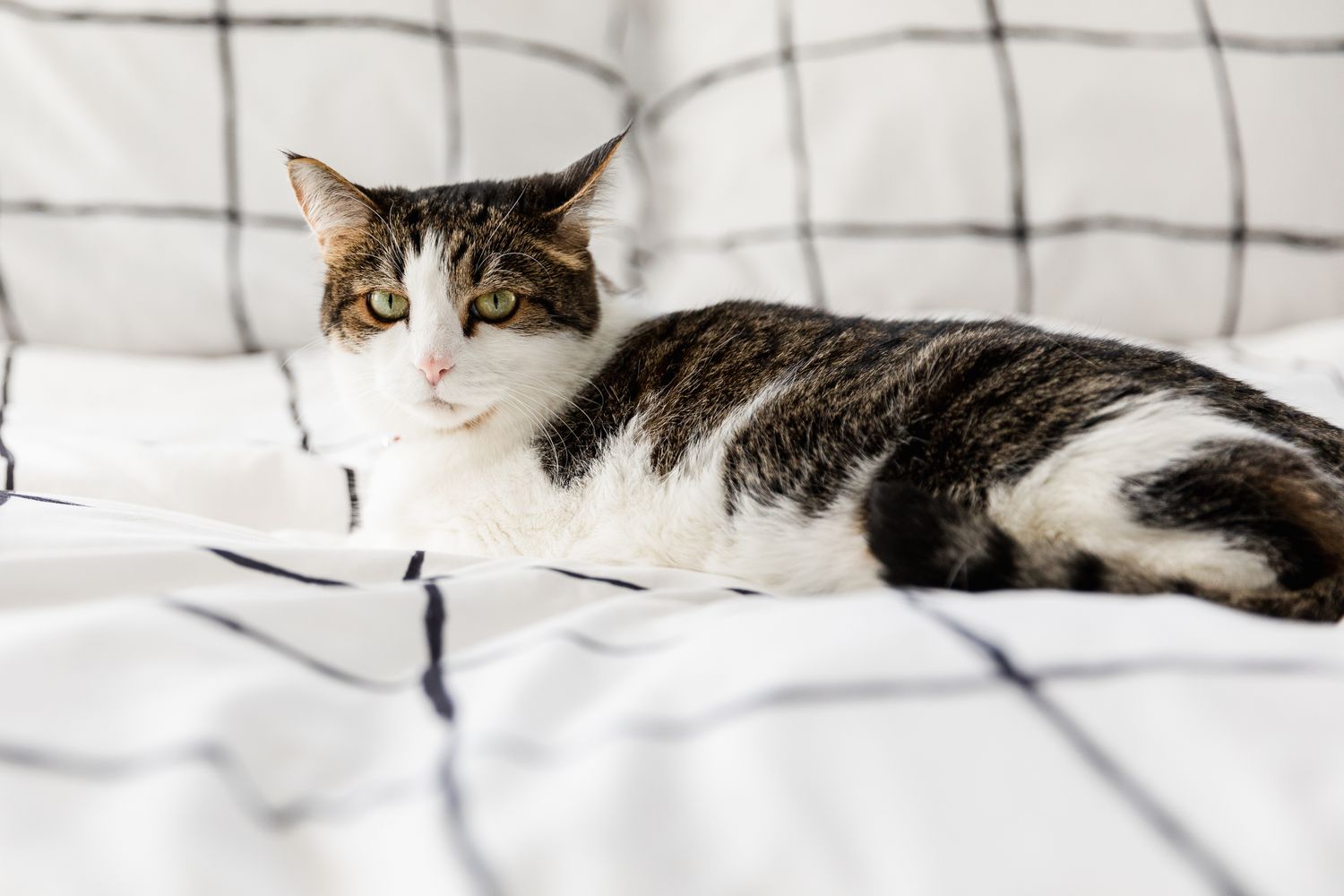

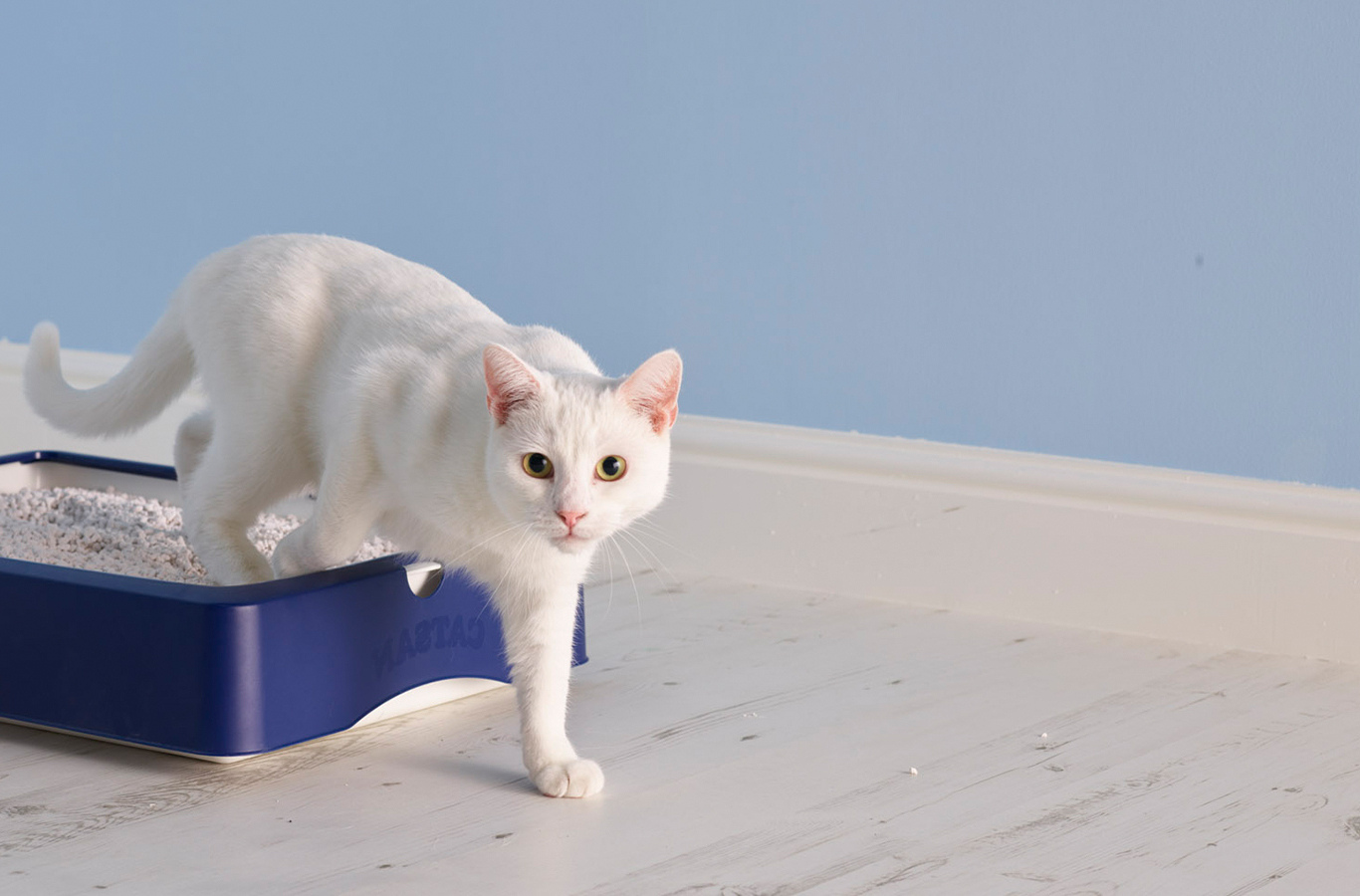
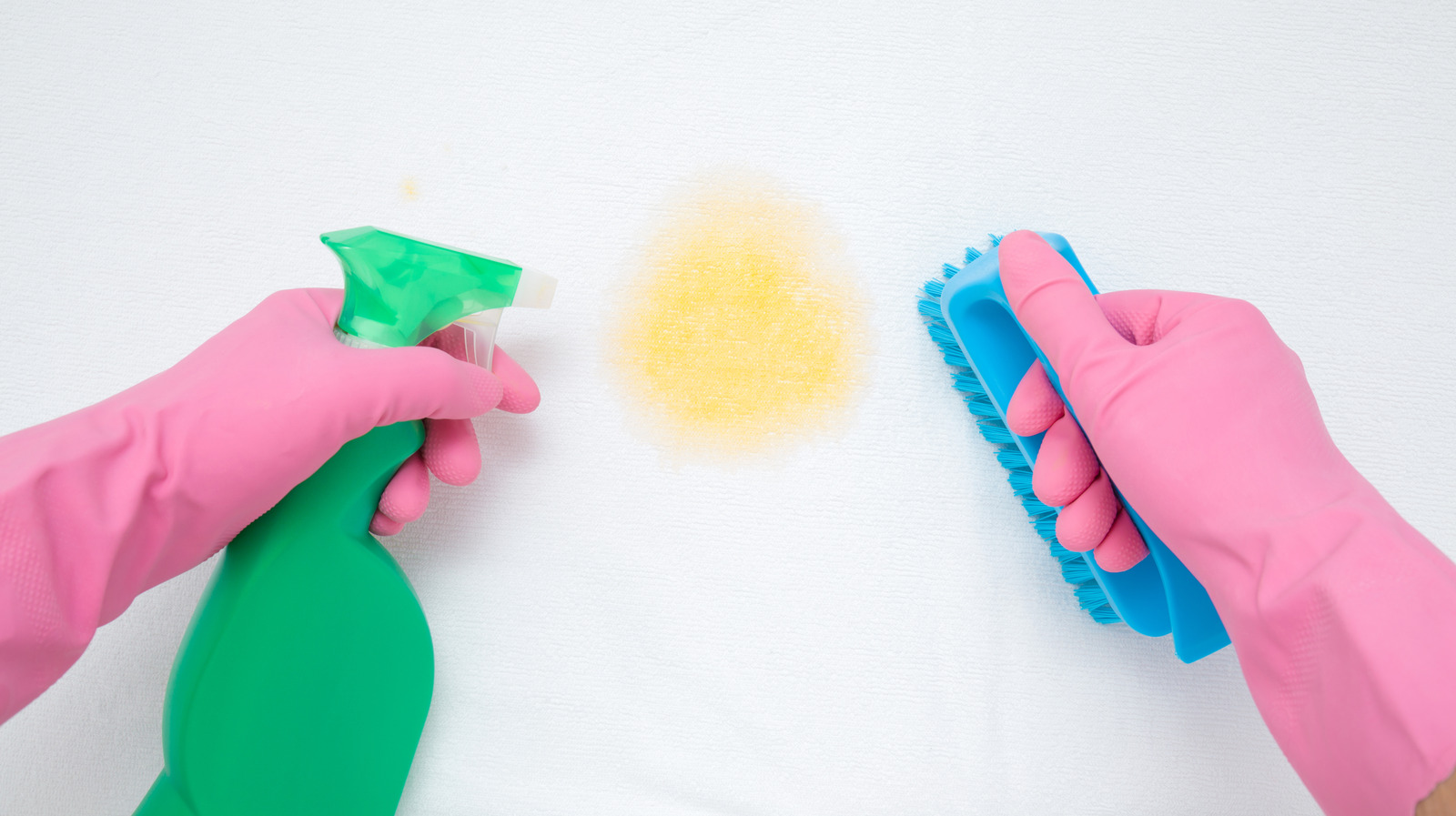
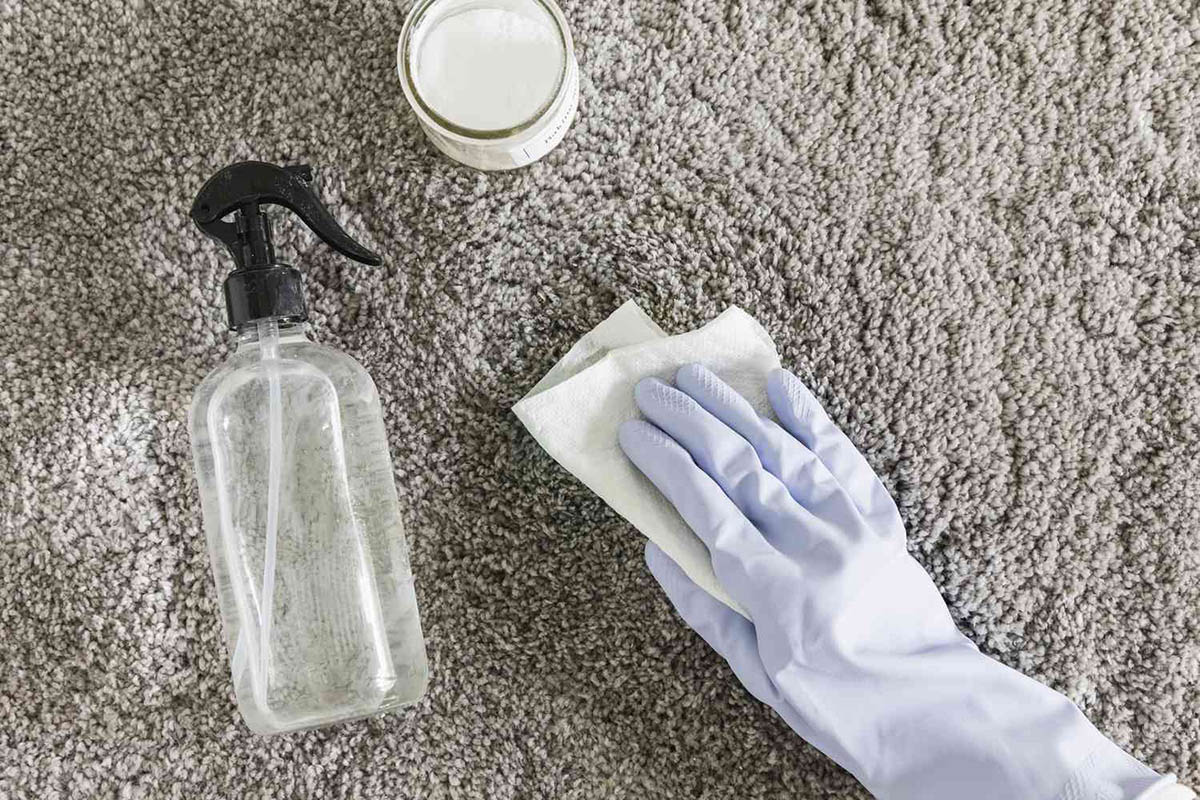
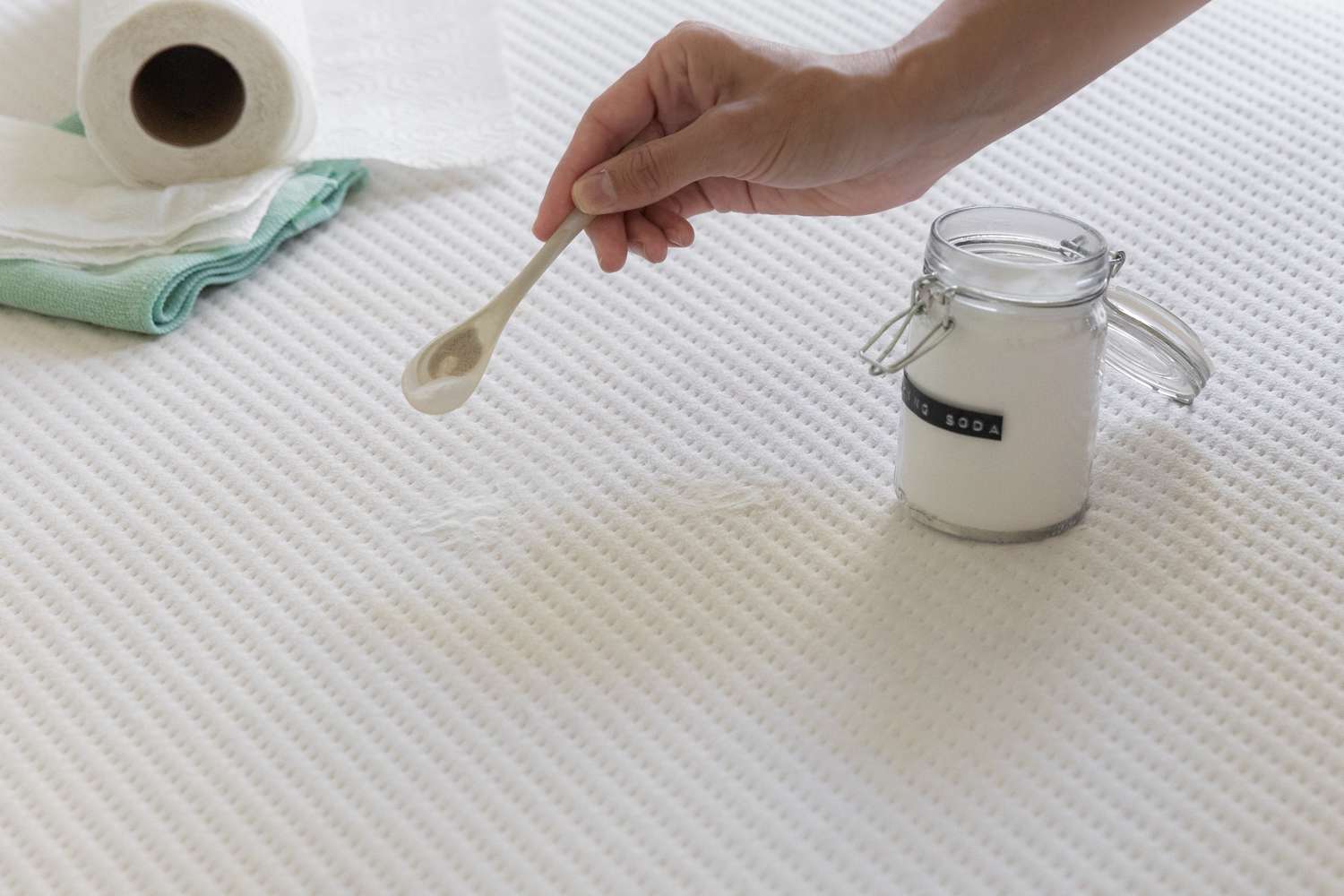
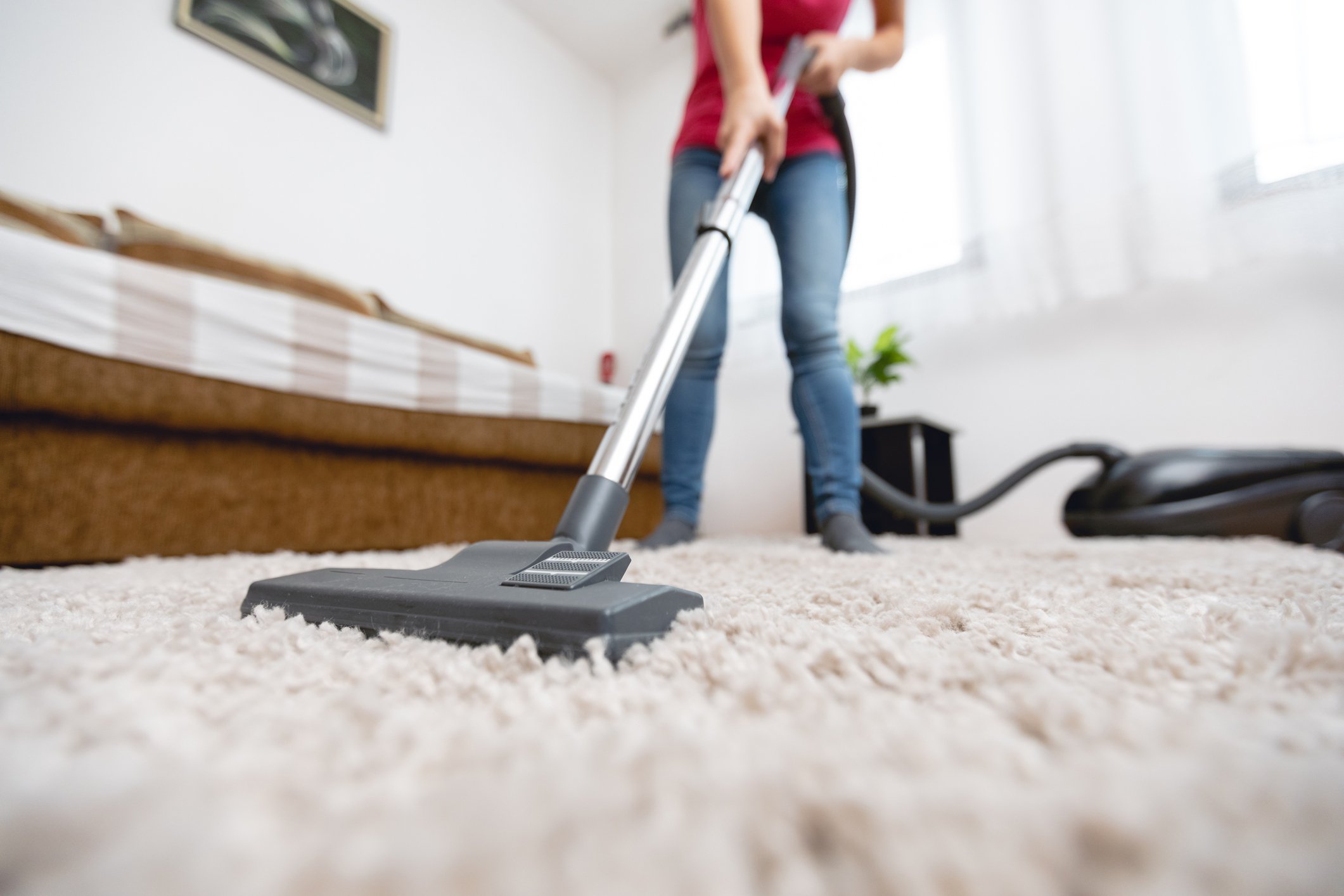
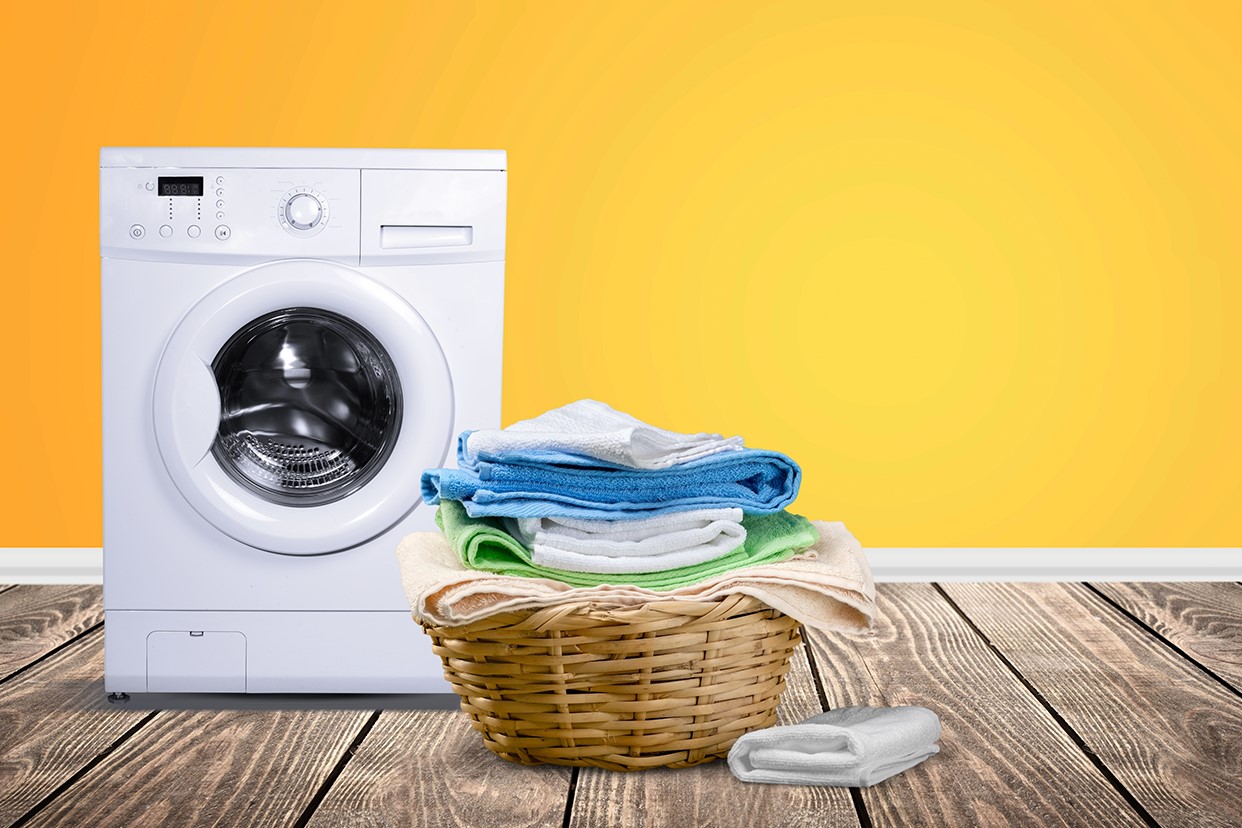
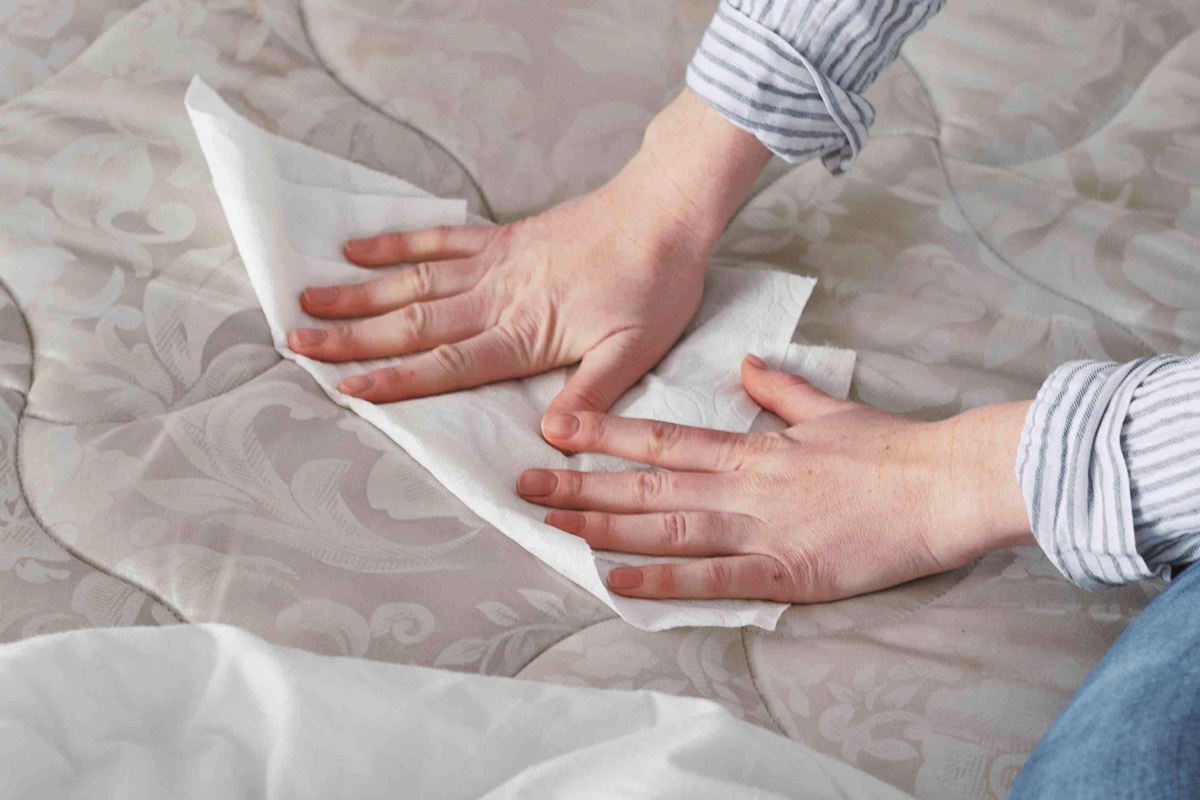
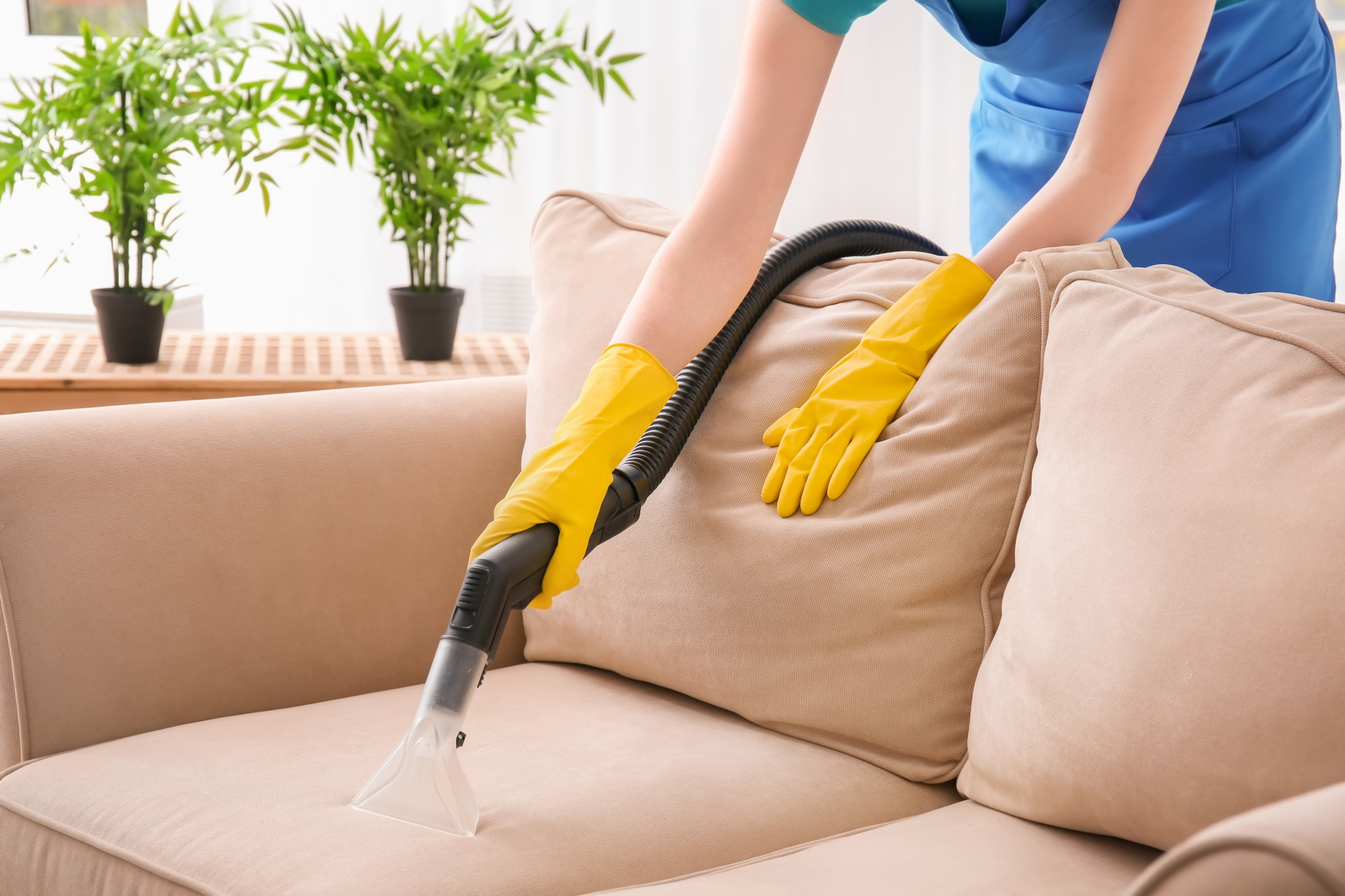

0 thoughts on “How To Get Cat Pee Smell Out Of Pillows”